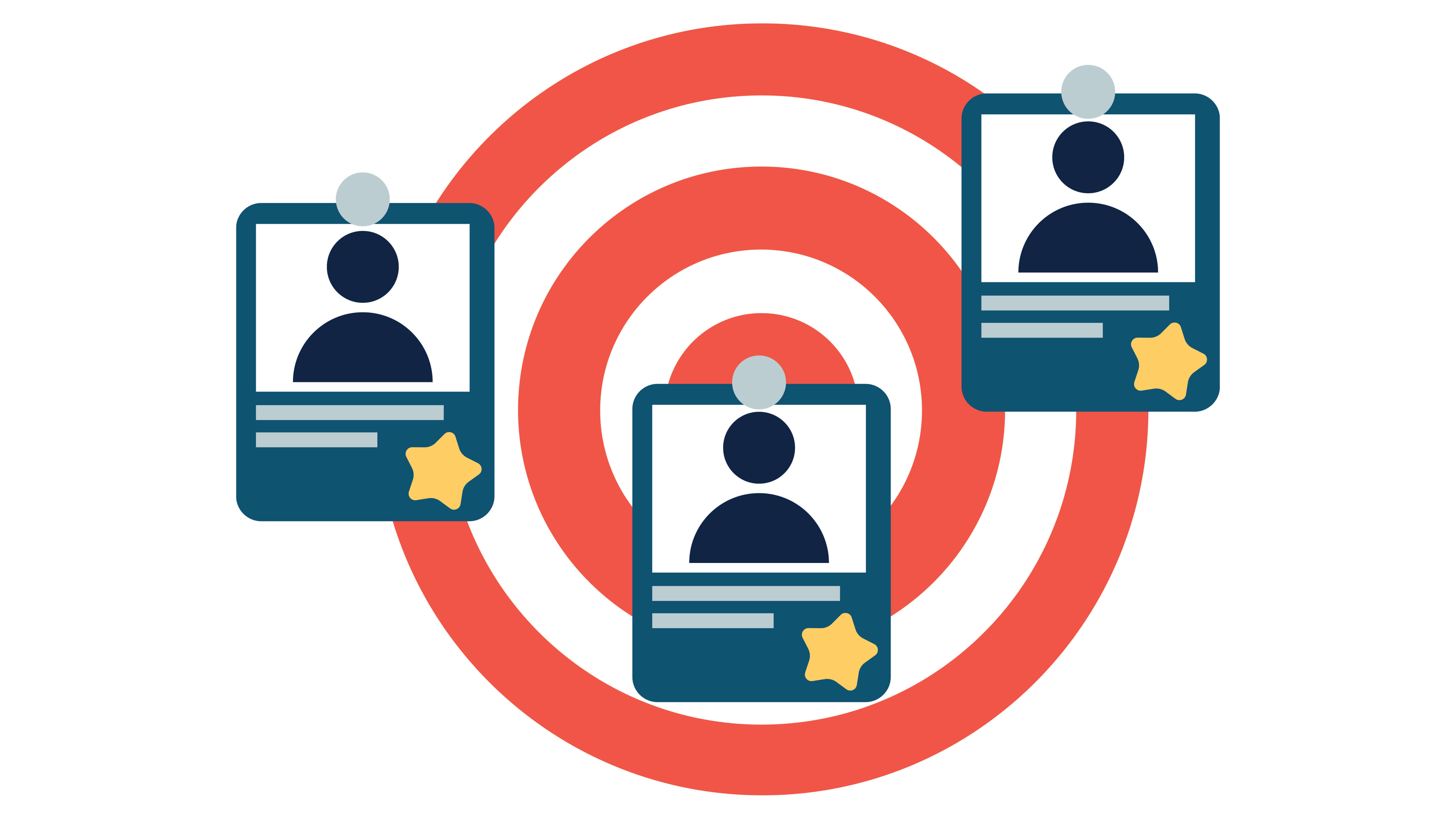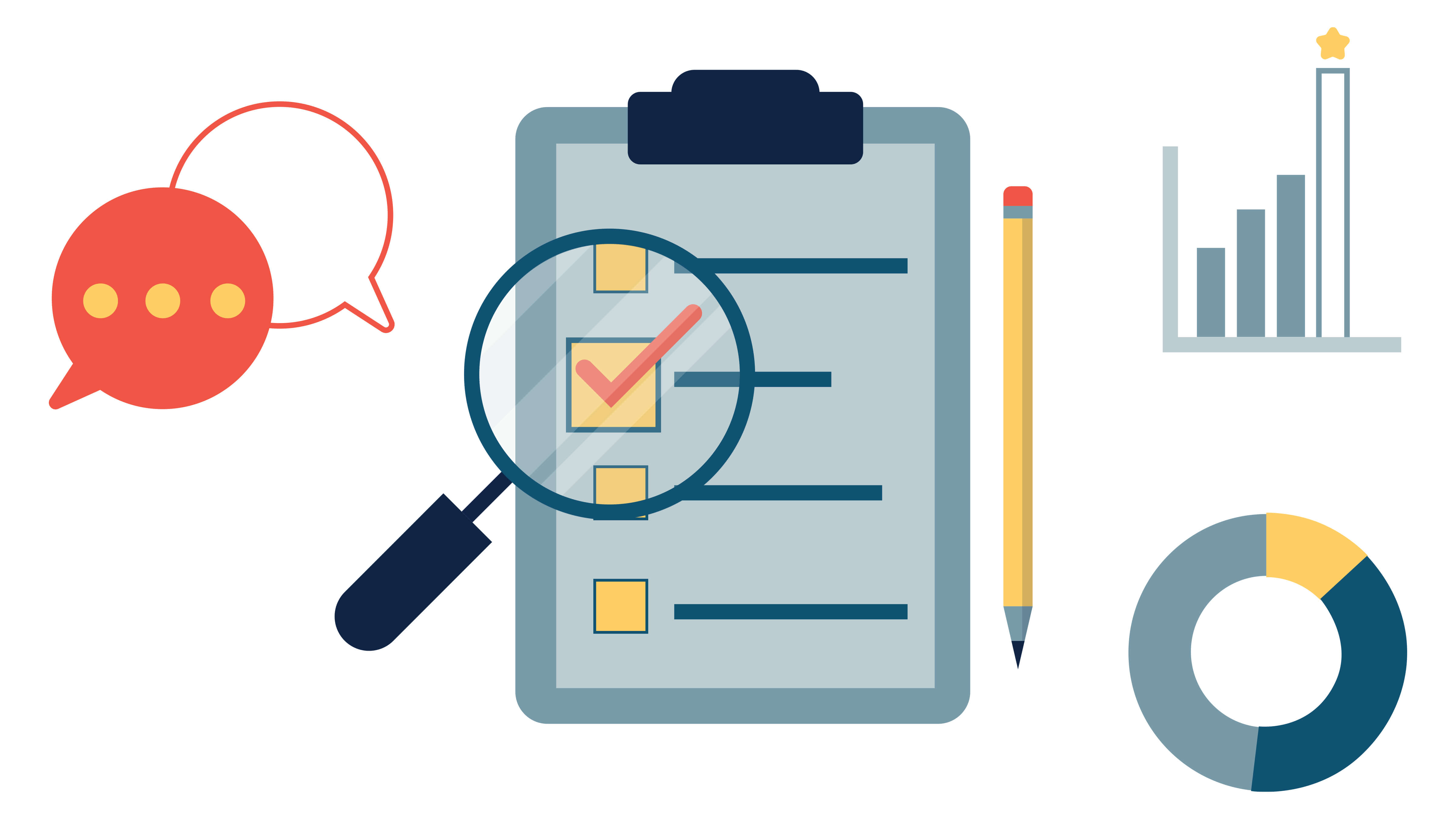
Customer-Centric Marketing for the New Year
Boosting bottom lines and ramping up ROI might make your business look good on paper, but customer satisfaction is key to sustainable, long-term growth. If you want a business that goes the distance, take the customer-centric approach.
 Customer-centric marketing uses data to create elevated consumer personas for a fully integrated strategy. This unified approach to marketing keeps customers coming back for more and encourages them to spread the word to their friends. By providing value at every touchpoint, it inspires exploration and builds loyalty.
Customer-centric marketing uses data to create elevated consumer personas for a fully integrated strategy. This unified approach to marketing keeps customers coming back for more and encourages them to spread the word to their friends. By providing value at every touchpoint, it inspires exploration and builds loyalty.
Ready to offer your customers value in every interaction?
1. Collect the right customer data
Strong marketing efforts are built on a bedrock of customer-centric data. But what data should you be collecting? Which customer behaviors, preferences, and needs are relevant to your business?
It all starts with market research. Use a mixture of qualitative approaches (like focus groups) and quantitative tactics (like surveys) to collect information about customer experiences and expectations. What do your customers like about your business? What could you be doing better?
Start by conducting a broad customer survey. You can ask about the quality of your service or product, and quiz customers on your brand’s strengths and weaknesses. This will give you insight into how consumers engage and interact with your brand.
This info can be collected via emails, online polls, or even forms hosted on your website. Then use data from analytics tools like Google Analytics to track customers’ online behavior.
2. Keep an eye on social media and online mentions
Social media is where important customer conversations happen in front of an audience. It’s important to carefully monitor social media platforms so you can tap into valuable insights, monitor trends, and temperature-check your audience.
Based on social media monitoring, you should create content that speaks to trends. If, for example, Facebook users are complaining about your store hours being inaccurate, you may need to update your Google My Business Profile.
Another easy way to stay on top of your online presence is to set Google Alerts. This allows your business to see what people are discussing regarding the topic you’re researching.

3. Transform those insights into customer profiles
By collecting data on your target audience, you can transform insights into comprehensive customer profiles. This allows you to tailor your marketing strategies and create more personalized customer experiences.
What exactly is a customer profile? In a nutshell, a customer profile is a description of your target customer. From demographic information like age and income to behavioral data, customer profiles help businesses better understand their customer’s needs – and create a marketing strategy that hits all the right notes.
By analyzing customer needs and preferences, you can tailor your products and services, making data-driven decisions that enhance overall customer experience. This not only addresses common pain points, it also fosters long-term loyalty through personalization and relevance.
With better targeting, you can serve the right messages to the right customers. And with a better understanding of your customers’ pain points, you can level up your customer service.
4. Create targeted content
After you’ve defined your audiences, it’s time to create content that speaks to their needs.
You can create informative content like video tutorials about how to best use your product, or blog posts highlighting client success stories. You can also offer troubleshooting advice in an FAQ section or with a real-time chat function. However you choose to engage, make sure you’re using customer data to drive messaging and content creation.
5. Keep customer data protected
To use customer data, you need explicit consent from customers.
That means you need to transparently explain how customer data is used – without the confusing legalese.
Start by writing a privacy policy that’s as clear and concise as possible. Use approachable language to explain what data you’re collecting, why, and how it will be used to improve users’ online experience.
Additionally, work on building trust with customers regarding compliance and data practices by:
- Making sure you comply with all data privacy regulations
- Transparently communicating your data collection practices
- Obtaining user consent where required
- Educating customers on password hygiene and data privacy settings
6. Identify the customer journey
The customer journey is the core of your marketing funnel. It outlines the different pathways people take to becoming customers. And by clarifying these distinct journeys, you can better market your products and services.
While not all customer journeys are the same, they often follow a few trends or patterns. Think about someone at the very beginning stages of their journey, who has just stumbled upon your website, versus a repeat buyer. These two customers will need different resources. From awareness and acquisition to advocacy, you need to have your finger on the pulse of your customers’ needs at every step.
That’s where digital marketing analytics come in. They can help identify your customer’s journey in addition to teaching you more about them and how best to reach them. These analytics-based actions allow for higher engagement on a very personal level, delivering the right message to the right person at the right moment.
 7. Leverage predictive analytics
7. Leverage predictive analytics
Predictive analytics help you anticipate customers’ needs and predict their behaviors. Whether you’re serving content or training a customer service chatbot, you need to be in touch with those needs before AI can be helpful.
Here are just a few of the ways we use data-backed predictive analytics at Zehnder:
Analyze historical and behavioral data to group customers into segments that allow for more targeted, relevant marketing campaigns
- Analyze customer behavior to anticipate next actions and send timely, relevant messaging that aligns with their journey
- Identify “at-risk” customers by analyzing patterns that indicate potential churn, and implement retention strategies before they disengage
- Tailor marketing messages or product suggestions based on individual customer behavior, preferences, and past interactions
- Predict individuals’ future lifetime value, enabling a more strategic approach to nurturing long-term relationships with high-value customers
Marketing that speaks to your audience
When you’re chasing profits without cultivating lasting customer relationships, success can be fleeting. But when you connect with your customers in meaningful ways, you create a brand with endurance.
From healthcare to tourism and everything in between, the experts at Zehnder can help you create a strategy that puts your customers first – and ethically collects the data you need to do it. Contact our team today to level up your customer connections.






